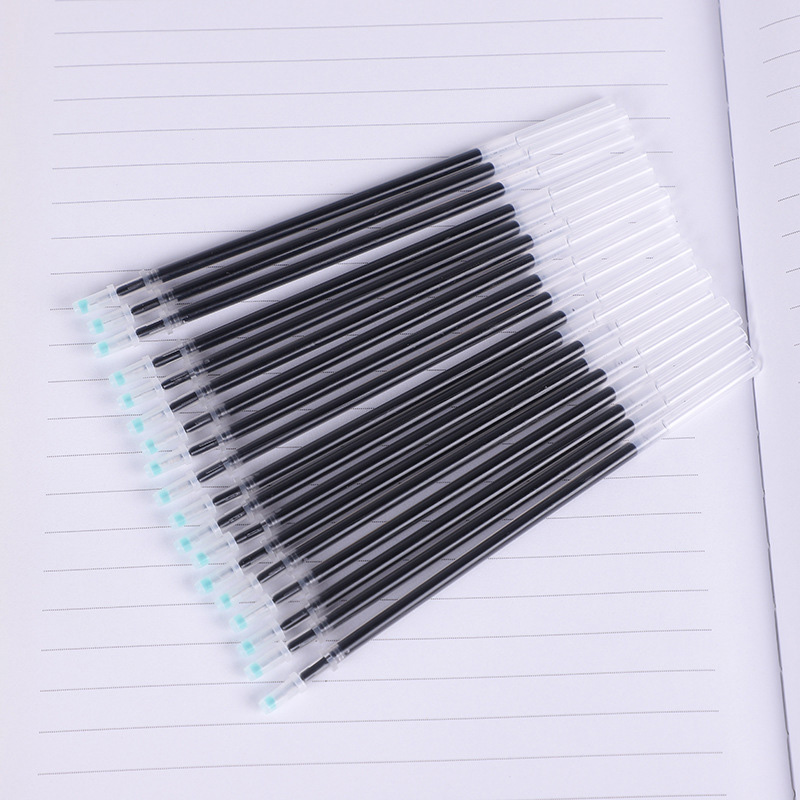As the push for sustainable and cost-effective office supplies intensifies, ballpoint pen refills are taking center stage in the global writing instruments market. Once an afterthought in the consumer experience, pen refills are now being recognized as critical components that influence performance, environmental impact, and brand loyalty.
From enhancing writing quality to supporting eco-conscious consumption, ballpoint pen refills are reshaping how manufacturers design pens and how users engage with them. As consumers grow more selective about their stationery choices, the refill market is evolving with better ink technology, precision engineering, and increasing demand from both institutional and retail segments.
From Disposable to Refillable: A Shift in Mindset
Historically, ballpoint pens were sold as disposable commodities—cheap, effective, and widely available. But with global concerns over plastic waste and a growing focus on sustainability, many users are now turning toward refillable pen systems as a practical and environmentally responsible alternative.
This change is driving innovation in refill technology. Pen brands are investing in long-lasting, interchangeable ink cartridges designed to fit a range of models. The result is less plastic waste, fewer discarded pens, and more control over long-term usage costs—especially in office, school, and government settings where supplies are purchased in bulk.
“The refill revolution is not just about being green,” says Linda Moreno, procurement manager for a major education board. “It’s about buying smarter. One refillable pen can last years with the right inserts.”
Engineering the Writing Experience
The performance of a pen is only as good as its refill. Modern ballpoint pen refills are carefully engineered to deliver consistent ink flow, controlled delivery, and clean line formation. At the heart of this performance is the ball bearing tip, a tiny but critical component that regulates how ink is released onto the page.

Manufacturers are using advanced metal alloys and precision milling techniques to produce smoother rolling mechanisms that eliminate skipping, blotching, and uneven flow. This not only enhances the writing experience but also extends the life of both the refill and the pen itself.
Refills are also being optimized for ink capacity and longevity, providing longer writing distances without increasing cartridge size. Some high-performance refills can write for several kilometers before needing replacement, making them ideal for heavy-duty users such as students, administrators, and professionals.
Compatibility and Customization Expand Market Reach
One major driver of the refill market is cross-brand compatibility. With more pens being designed to accept standardized refill sizes (like Parker-style or ISO G2 cartridges), consumers are no longer locked into a single brand or model. This increases choice and allows users to pair their pen body with the ink performance they prefer.
Additionally, companies are releasing custom ink types and colors, giving users the option to tailor their writing tools to personal or professional needs. Waterproof ink, archival-quality ink, fast-drying ink for left-handed users, and color-coded refills are just a few of the specialty options now available.
This trend has opened the door for niche and luxury pen makers to offer bespoke refills that enhance the uniqueness of their products, appealing to both collectors and daily users who seek elevated writing experiences.
Bulk Procurement and Corporate Use
Ballpoint pen refills are gaining popularity in institutional settings, where purchasing decisions are driven by cost-efficiency and sustainability. Educational institutions, healthcare facilities, and corporate offices are increasingly opting for refillable pen systems with bulk refill options, which help streamline inventory and reduce ongoing expenses.
For example, hospitals require reliable, non-smudging pens for documentation. By issuing refillable pens and ordering compatible refills in bulk, they minimize downtime and avoid the waste associated with disposable pens.
Likewise, companies focused on corporate gifting are investing in branded metal pens with high-end refills that offer smooth writing and long-term use. These serve as both practical tools and meaningful business tokens.
Environmental Benefits and Consumer Responsibility
The environmental case for refills is strong. With over 1.6 billion disposable pens ending up in landfills annually, refillable options offer a clear path to reducing single-use plastic. Many refill products are now packaged in recyclable materials, and some manufacturers have introduced pen take-back or recycling programs that further lessen their ecological footprint.